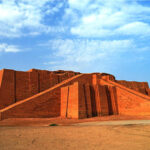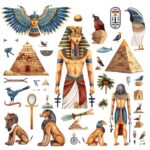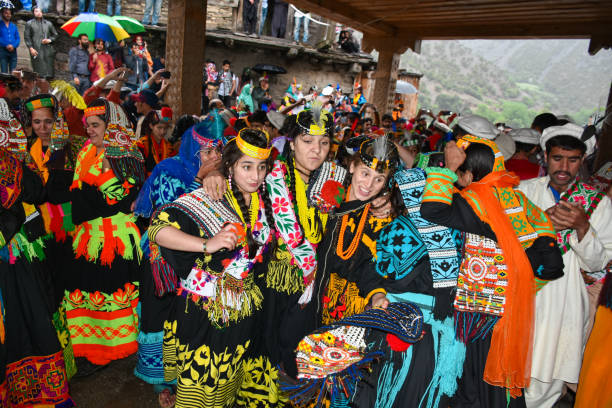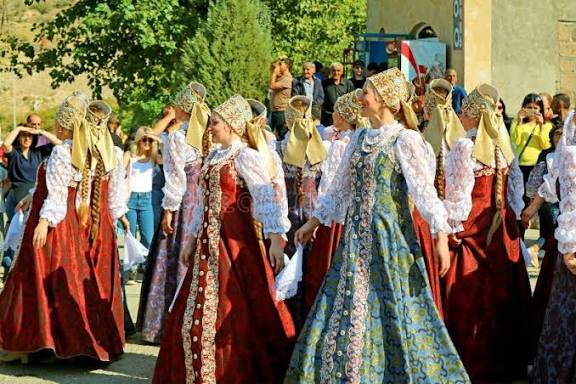Culture is one of humanity’s greatest treasures. It shows how people live, think, and connect with their surroundings. Every nation in the world carries its own culture, shaped by land, history, and traditions.
What Defines Culture?
Culture is the combination of customs, traditions, and the shared psychology of a community. Homeland and language are its strongest foundations. They create a sense of belonging that unites people. Every country, large or small, has a cultural identity that makes it unique.
How Does Culture Form?
Culture does not emerge instantly. It develops through centuries of interaction between people. Daily life, values, and principles pass down through generations. Geography influences these elements, shaping a distinct culture over time. No two nations share exactly the same cultural framework.
The Difference Between Culture and Religion
Culture and religion are linked, but they are not the same. Religion itself does not create culture. Instead, culture often shapes how religion is practiced. Nations build religious traditions according to cultural values. While religion may influence culture, much of culture remains separate and based on land and lifestyle.
Geography as the Foundation of Culture
Geography plays a powerful role in cultural identity. Climate, land, and resources shape how people live and think.
In mountainous regions, life is difficult. Traditions here are strong, firm, and rooted in resilience.
In deserts, limited resources shape simple and restrained cultures. Survival becomes the central value.
In fertile valleys with rivers, greenery, and flowers, culture grows colorful, vibrant, and diverse.
The land itself gives birth to unique expressions of life.
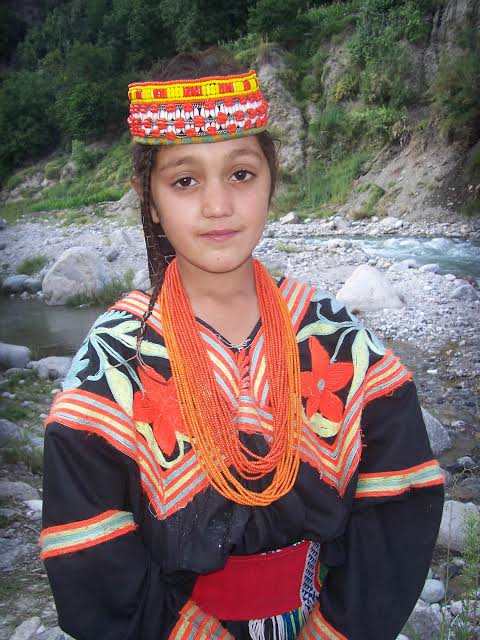
Examples of Geography’s Influence
The Sahara Desert represents simplicity. Its people carry traditions born from survival in harsh conditions. In contrast, the Indus, Ganges, Yamuna, and Amazon rivers inspire cultures full of life and color. Fertile land and water create variety and richness.
Even in distant regions, geography leaves a mark. The voice of the Mohicans seems to echo across Mount Denali. The Euphrates River reflects itself in the elegant dresses of Iraqi women. Geography is more than landscape — it mirrors human expression.
Shimba and the Beauty of the Amazon
In Ecuador, Shimba reflects the beauty of the Amazon River. This river is more than a wonder of nature. It is the lifeline of many communities. Its green surroundings and flowing waters sustain cultures that live in harmony with nature.
Colorful Traditions of the Indus
The Indus River and Kirthar Hills showcase culture through clothing. The shalwar kamees is worn with pride. Ajrak, the traditional patterned cloth, tells the story of Sindh’s long history. These garments represent identity and heritage, not just fashion.
Read More about Indus Civilizationhttps://khahori.com/the-indus-valley-civilization-an-archaeological-and-historical-perspective/.
Spiritual Symbols of the Ganges
The Ganges River holds spiritual importance for millions. Its culture is visible in the tilak, worn on the forehead. This mark symbolizes faith, tradition, and identity. It shows values that continue across generations.
The Himalayas and the Great Rivers
The Himalayas are the world’s largest mountain range. They give birth to Asia’s great rivers — the Indus, Yamuna, Ganges, and Brahmaputra. For thousands of years, these rivers have nurtured civilizations.
The Himalayas also hold unique cultures. The Kailash people living in this region, preserves rich traditions. Their way of life reflects the beauty of rivers and mountains together. Geography and culture remain closely connected here.
Culture as the Mirror of Humanity
From deserts to rivers, mountains to valleys, culture reflects human adaptation. Every environment shapes its people in different ways. This diversity makes the world beautiful.
The Sahara shows simplicity. The Indus reflects color. The Ganges carries spiritual depth. Each culture tells a story of survival, creativity, and tradition.https://en.m.wikipedia.org/wiki/Culture
Conclusion
Culture is more than tradition. It is the soul of every people. Geography shapes culture, and culture gives meaning to life. From the Euphrates to the Amazon, from the Himalayas to the Sahara, each land has its story. Together, they form the amazing and beautiful cultures of the world.https://en.m.wikipedia.org/wiki/Kalash_people
Writer: GM Leghari

